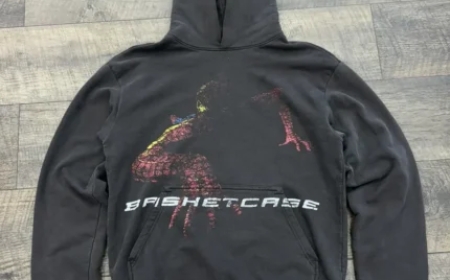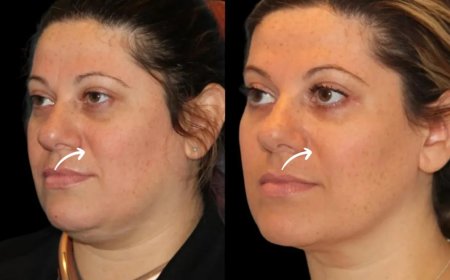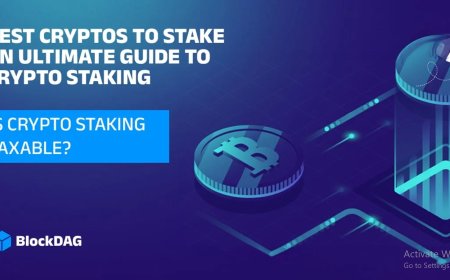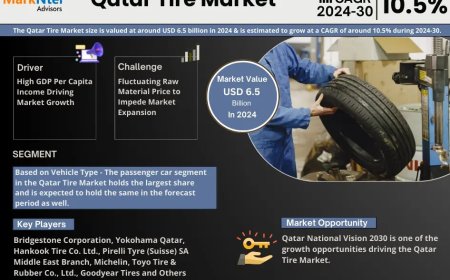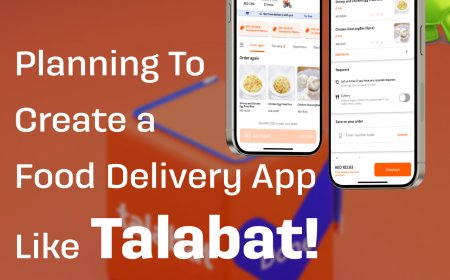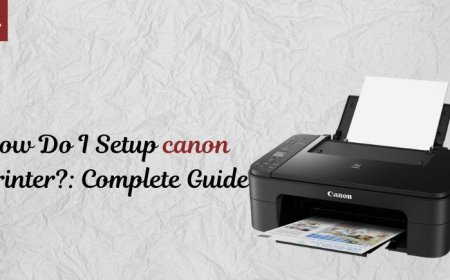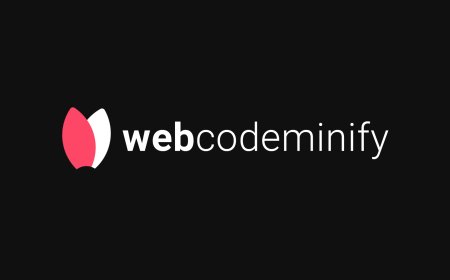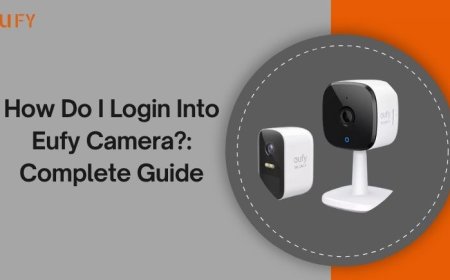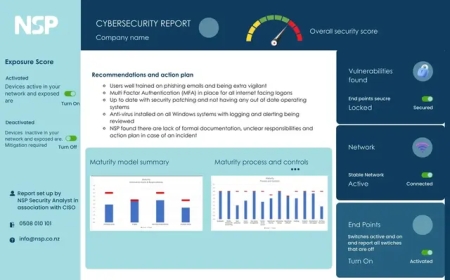Retail EPOS Software vs. Traditional POS: What’s Best for Your UK Store?
In the fast-paced world of UK retail, choosing the right point-of-sale (POS) system can make or break your business. Retailers face a critical decision: stick with a traditional POS system, like a cash register, or upgrade to modern retail EPOS (Electronic Point of Sale) software. Both options have their merits, but as consumer expectations evolve and technology advances, the gap between the two widens. This blog explores the differences between retail EPOS software and traditional POS systems, helping UK store owners decide which is best for their business in 2025.
What is a Traditional POS System?
A traditional POS system typically refers to a standalone cash register or basic terminal used to process transactions. These systems have been the backbone of retail for decades, especially in small UK shops like convenience stores, newsagents, and independent retailers. They handle basic functions: ringing up sales, processing cash or card payments, and printing receipts. Some may include basic reporting, like daily sales totals, but their capabilities are often limited.
Traditional POS systems are hardware-heavy, relying on physical registers and minimal software. Theyre straightforward, requiring little training, and are often a one-time purchase with low upfront costs. However, they lack integration with modern retail needs like e-commerce, inventory management, or customer loyalty programs.
What is Retail EPOS Software?
Retail EPOS software, like the solutions offered by MPOS System, is a sophisticated, software-driven solution designed for todays dynamic retail environment. Unlike traditional POS, EPOS systems integrate hardware (such as touch-screen terminals or tablets) with advanced software to manage multiple aspects of a stores operations. These include real-time inventory tracking, customer relationship management (CRM), payment processing, and detailed analytics.
EPOS systems are often cloud-based, allowing remote access to data and seamless updates. Theyre built to scale, making them ideal for UK retailers looking to grow, whether they run a single convenience store or a chain of shops. Features like Electronic Shelf Edge Labels (ESELs), self-service kiosks, and integration with wholesalers set EPOS apart as a comprehensive retail tool.
Key Differences Between Retail EPOS Software and Traditional POS
1. Functionality and Features
Traditional POS systems are limited to basic transaction processing. They might track daily sales but lack the ability to analyze trends or manage stock efficiently. Retail EPOS software, on the other hand, offers a suite of tools. For example, MPOS provides real-time inventory updates, ensuring UK retailers never oversell or run out of stock. It also supports loyalty programs, allowing stores to offer personalized discounts based on customer data.
EPOS systems integrate with e-commerce platforms, delivery apps, and accounting software, creating a unified system for multi-channel retail. This is critical in 2025, as UK consumers increasingly shop both online and in-store. Traditional POS systems cant keep up with these demands, often requiring manual workarounds or separate tools.
2. Scalability and Flexibility
For small UK retailers, a traditional POS might seem sufficient. But as businesses grow, these systems become restrictive. Adding new terminals or integrating with new sales channels is cumbersome and costly. Retail EPOS software is designed for scalability. MPOS, for instance, allows retailers to add new locations or users without significant hardware upgrades. Cloud-based EPOS systems also enable remote management, so owners can monitor sales and stock from anywherea game-changer for busy entrepreneurs.
3. Cost Considerations
Traditional POS systems often have lower upfront costs, with a one-time purchase of a cash register or basic terminal. However, hidden costs arise from inefficiencies, such as manual stock counts or missed sales opportunities due to outdated technology. Retail EPOS software typically involves a subscription model, with monthly fees for cloud-based services. While this may seem pricier initially, the return on investment is significant. Features like automated inventory and wastage tracking reduce losses, while analytics help identify top-selling products, boosting profits.
For UK retailers, MPOS offers tailored pricing plans, balancing affordability with advanced features. The long-term savings from efficiency and data-driven decisions often outweigh the initial investment.
4. Customer Experience
Todays UK consumers expect seamless, personalized shopping experiences. Traditional POS systems struggle to deliver, as they lack CRM capabilities or integration with loyalty programs. Retail EPOS software excels here. MPOS, for example, tracks customer purchase histories, enabling targeted promotions that drive repeat business. Self-service kiosks, a feature of modern EPOS, also reduce checkout times, enhancing customer satisfaction in busy convenience stores.
5. Data and Analytics
One of the biggest advantages of retail EPOS software is its robust reporting. Traditional POS systems might provide basic sales reports, but they lack depth. EPOS systems like MPOS offer real-time analytics, showing which products sell best, peak sales hours, and even staff performance. For UK retailers, this data is invaluable for optimizing stock, planning promotions, and improving operations. Cloud-based EPOS ensures this data is accessible anytime, anywhere, unlike traditional systems that require on-site access.
Why UK Retailers Are Choosing Retail EPOS Software
The retail landscape in the UK is competitive, with convenience stores and independent retailers facing pressure from larger chains and online marketplaces. Retail EPOS software levels the playing field. Systems like MPOS integrate with wholesalers, streamlining restocking and reducing supply chain errors. Features like ESELs eliminate manual price updates, saving time and reducing pricing errors. For multi-channel retailers, EPOS ensures inventory syncs across online and physical stores, preventing overselling.
Moreover, EPOS systems are future-proof. As AI and automation become integral to retail, solutions like MPOS are already incorporating predictive analytics to forecast demand and optimize stock levels. Traditional POS systems, with their limited hardware and software, cant adapt to these advancements.
When Might a Traditional POS Still Work?
For very small UK shops with minimal inventory and no plans for growth, a traditional POS might suffice. If your store only handles cash transactions and doesnt need advanced reporting or integrations, a cash register could be a cost-effective choice. However, even small retailers benefit from EPOS features like inventory tracking and customer insights, which drive efficiency and sales over time.
Making the Right Choice for Your UK Store
Choosing between retail EPOS software and a traditional POS depends on your stores needs, budget, and growth plans. If youre a small retailer looking to stay lean, a traditional POS might work temporarily. But for most UK storesespecially those aiming to compete in 2025retail EPOS software is the smarter investment. Systems like MPOS offer a comprehensive, scalable solution that streamlines operations, enhances customer experiences, and provides actionable insights.
Ready to upgrade your store? Explore how MPOS System can transform your retail operations with cutting-edge EPOS software tailored for UK businesses. From inventory management to customer loyalty, MPOS has you covered.







